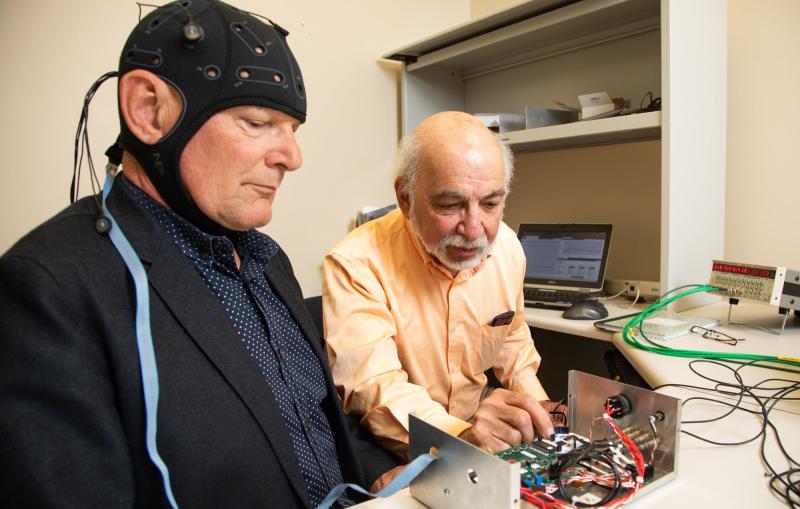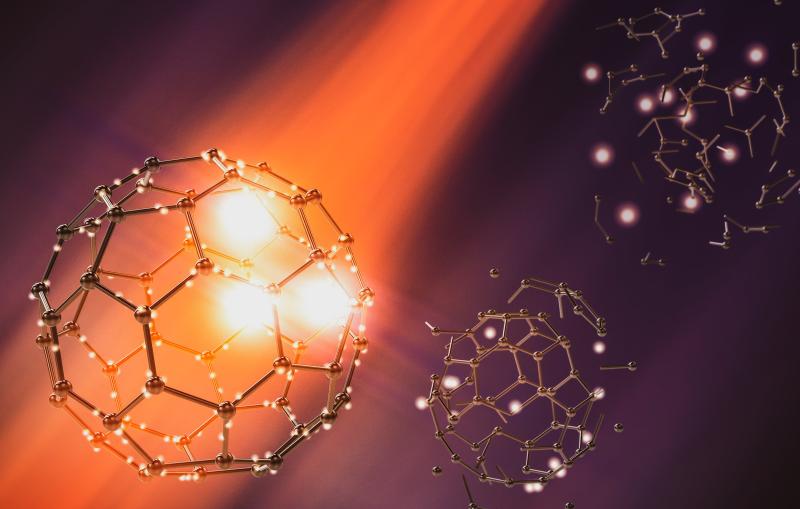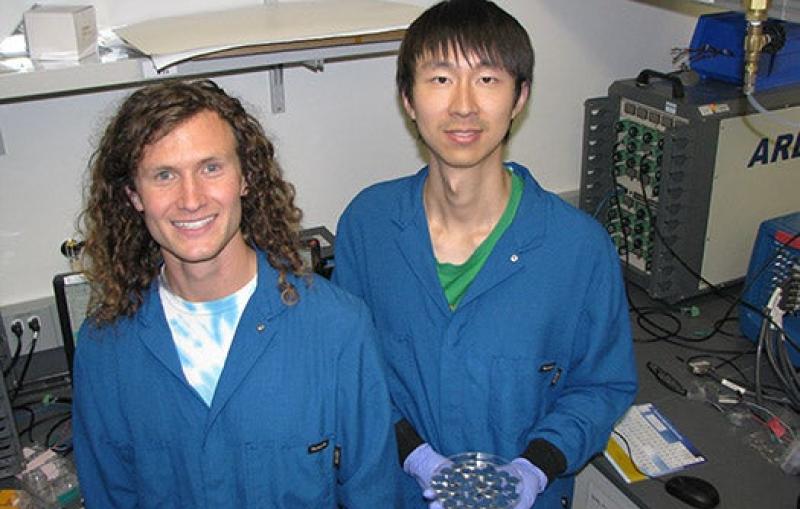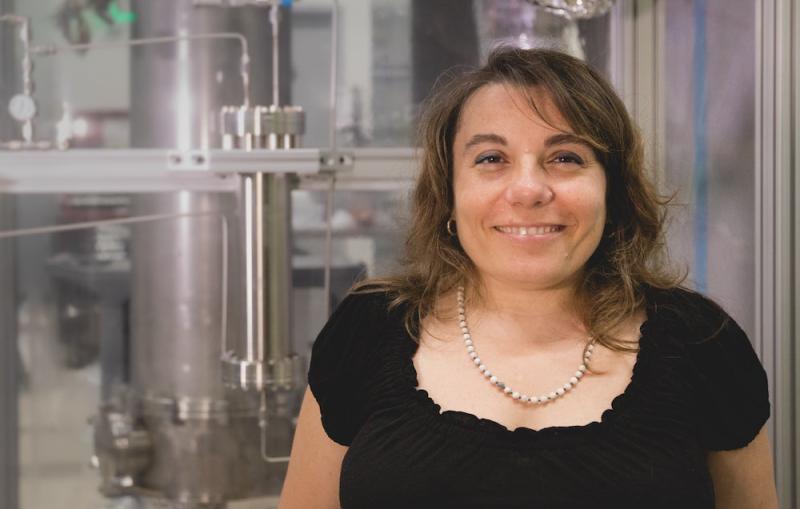

News Feature
VIA Stanford Energy
Coating developed by Stanford, SLAC researchers brings lithium metal battery closer to reality


The latest news about SLAC research, science programs, facilities and people.
More on our News Center and Media Resources pages



